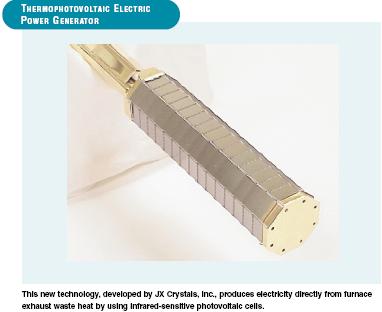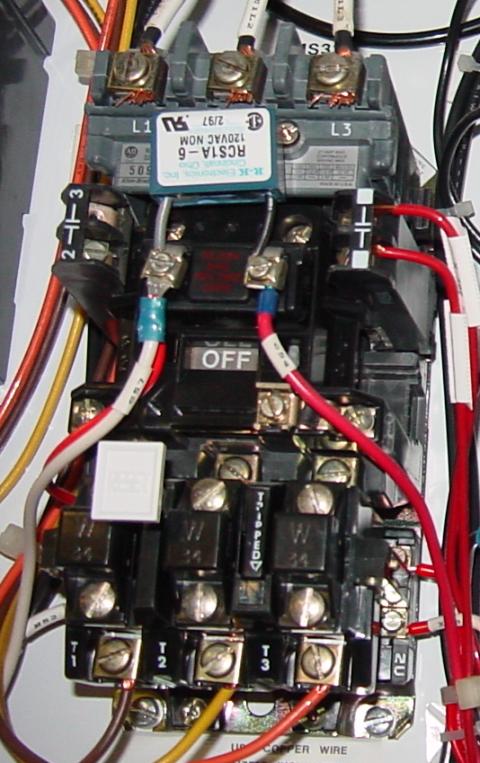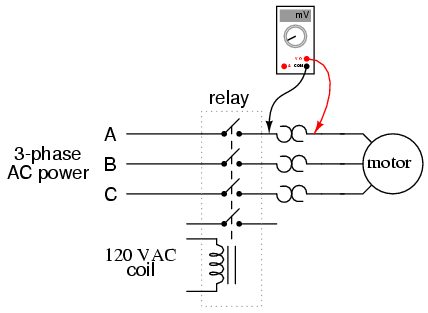Here are some undergraduate ( B.Tech 4th year) project ideas that are related to robotics and A.I which you can do to increase you experience and exposure in the field. Remember these projects are not quick fix projects generally carried out ( VB ,Oracle, ASP crap , or some simple copying of EFY circuit ) these will require lots of work and research from your side, sometimes loads of money too.
If you need any help regarding these please go to http://www.roboticsindia.com/
AUTOMATED MISSILE GUIDANCE SYSTEM {Aeronautics/EC} : The idea is a blend of
aeronautics(amateur),mechanics,mathematics,A.I.,electronics and communication(embedded systems) and of course some real innovative minds.but im sure u gonna blow'em up.No this is'nt a joke.These kinda projects have been done before by undergraduates from different universties.The project needs a fine understanding of mechanics and some state of art virtual processors like MATLAB (the one and only).this one needs real talent.
3-D PAINTER {EC , CS} : First of all this project is a state of art combination of graphics programming and embedded system designs. Its kinda fun making this project.. Actually it works like this -> you move an electronic pen or a small electronic stylus attached to your finger in the AIR and the computer will decode the motion of the stylus(attached to the computer with an embedded system) and convert it into a real time design. Yes this project will be a real time system.Ofcourse the stylus will be having accelerometers.
Autonomous Chess/Checkers Robot [CS/ME/EE]: This project is a big project and will involve expertise in many fields like micro controllers, A.I, kinematics, image processing, speech processing and recognition. This project will involve building a robot arm, which will pick and place the pieces on the board. The board recognition will be provided by web cam and the arm will be controlled by servos (SSC). Voice recognition and Synthesis will be used to interact with the user. You can use chess/checkers module or write your own (min-max).
Autonomous De-mining Vehicle [CS/EE]: This project though not very big is quite interesting. A Big Study WMR will have to be built, equipped with GPS and other navigational aids it will be able to map an area and detect metal objects and other irregularities in the terrain using metal detectors and web cam. Either is can drop a marker to mark the position of mine or simulate de-mining (place a small charge above the mine and detonating it from a safe distance]. All this data will also build a map of the area, which is available remotely.
Legged Robots [ME/EE]: These projects mainly involve lots of Mechanical design and some basic Electronics to control the robot. You can also put in some sensors and some basic object avoidance. If you want to go ahead make the robot a little advanced make it learn how to walk and put in some kind of behavior.
Home Robot [CS/EE]: This robot will be quite interesting and you might even keep it at your home once its done. The aim is to build a personal robot equipped with video/audio/speech which will be able to carry out basic tasks like switching off kitchen lights when your in the bedroom, by going to the kitchen and then using IR, switching channels on TV. Talk back to you using some basic NLI. The robot will be a WMR with ability to map its environment and successfully navigate it. All the processing will be done offline using a PC. The camera will be a Wireless blue tooth camera. And you can also use a High bandwidth RF data link to the PC. If you want to save or RF and Wireless cams (they are EXPENSIVE) you can go in for a ITX based embedded system board.
Balancing Robot [CS/EE]: Though not a very complicated robot this is a iteresting one.You have to build a robot which balances itself and can manover around on two wheels only. The balnce is provided using a combination of Gyroscope and Accelometer. One the balance is achived slight bend towards a direction will make your robot move in that one.REquire more prgramming than electronics / Mech also makes for a interesting project.Search the net as people have built many balacing bots. THere are also ones which balance inverted pendulums etc.
Roomba clone [CS/EE/ME]: Try and clone the functionality of Roomba in our own version of a robot. This robot is usefull as well as cool. Insted of a vaccum u can use a sweeper mechanism like swivel sweeper ( Goole to search for it ). You can put quite some inteligence in your tiny robot if you want to like aumated map building, path finding and other such cool learning features( Depending on the time you have ) . Have fun project is not very exp yet is quite fun and usefull after the thing has been achived.
Autonomous Surveillance robot:These ahve been commen today.We hear of some students doing bots that can track down a person who is struck up inside the debris of a collapsed building or one that can see(actually sense) if a soldier is severely wounded so that he cannot move and carry him to a safer place.Such bots need a high degree of automation and sensing.






















